If you own a recent graphics card, perhaps one of the best graphics cardswith a 12VHPWR or the latest 12V-2×6 power connector, you’re probably aware of the many stories of these plugs melting. You may be wondering what you can do to protect your own GPU from an expensive failure.
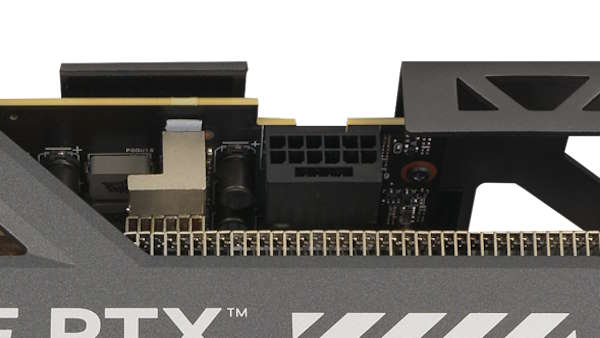
Unfortunately, because of design choices baked into this connector standard and the way it’s implemented on graphics cards, it’s difficult, if not impossible, to guarantee that your GPU is 100% safe from becoming a melted mess. We dug into why this is happening to help you understand your exposure to this risk and some steps you can take to keep your card safer.
The primary reasons for this persistent risk of failure are related to design choices outside of our control. The biggest issue, of course, is that the total rated power draw of today’s highest-end graphics cards, like the GeForce RTX 5090has climbed right up to the 600W limit of what the 12V-2×6 connector is rated to carry for extended periods.
According to this analysiseach pin in the 12V-2×6 connector is operating with a minimal safety factor when carrying that much current. If anything does go wrong in a PC’s power delivery path when an RTX 4090 or RTX 5090 is running all-out, the low safety factor of this connector at its limits means that any one wire in the cable is more likely to end up carrying more current than it’s rated for or even physically able to, and that means a greater risk of catastrophic failure like overheating, melting, or fire, which would destroy your graphics card.
In contrast, the six- and eight-pin PCIe connectors we’ve used for years offer such large safety factors that it would be extremely difficult to create a situation where one would be at risk of melting down. Indeed, I can’t recall a single instance where one of these older connectors suffered a failure due to an overload in typical use.
Less power-hungry cards like the RTX 4080, RTX 5080, and below either have board power ratings well within the 600W maximum of the 12V-2×6 connector, or they use the older six-pin or eight-pin connectors. Simply due to their lower power draw, these cards are less likely to experience catastrophic failures.
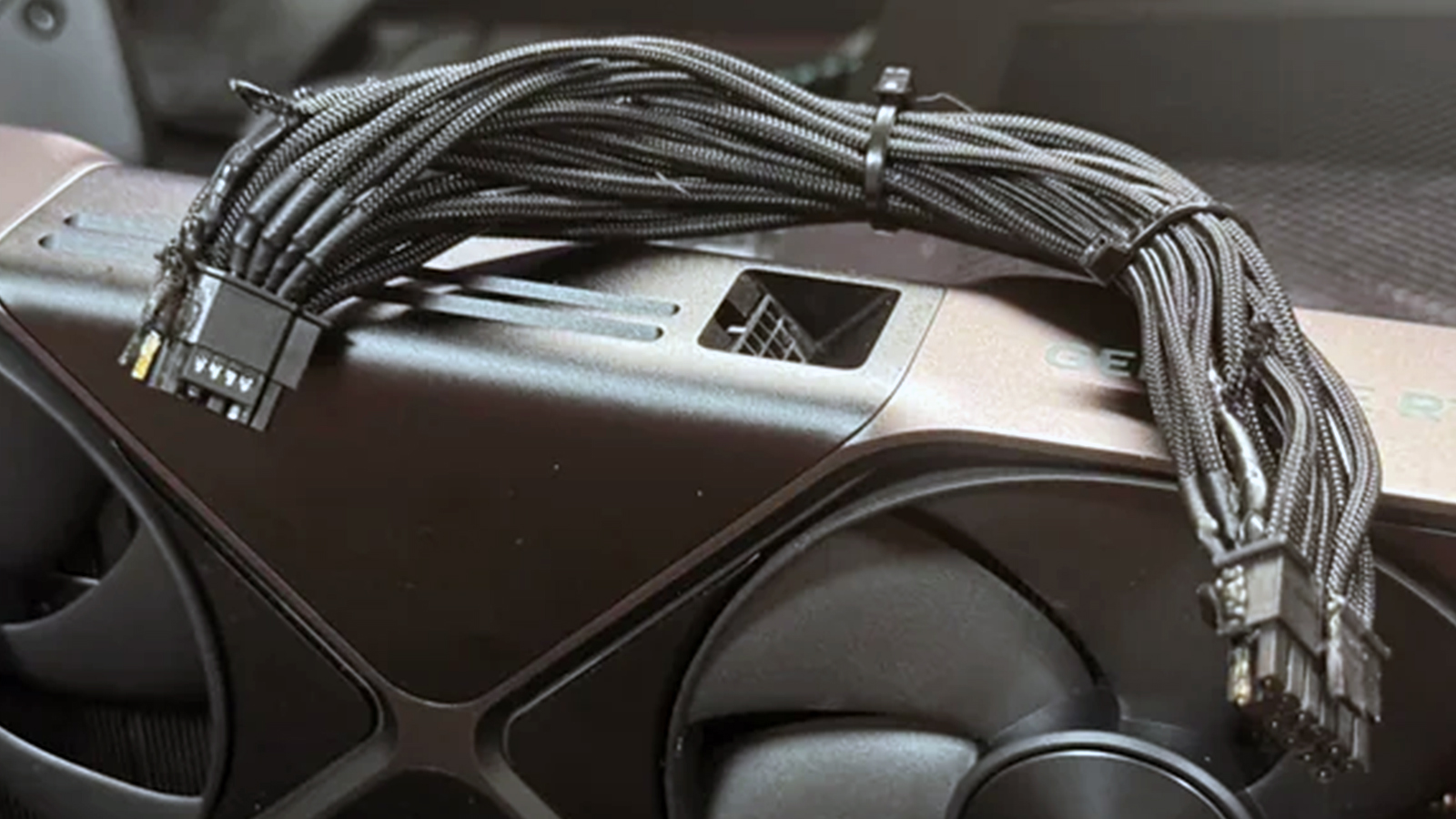
Beyond the physical limits of the connector itself, the power-delivery designs of graphics cards have also changed in a way that can decrease safety. As explained by extreme overclocker and power-delivery guru Buildzoidgraphics card board designs have been simplified over time to reduce cost and complexity, but those same changes have removed the ability for a graphics card to actively balance its current draw in order to maintain safe operation in the event of a failure.
Because recent graphics cards that use this connector, like the RTX 4090 and RTX 5090, are only aware of the state of the overall 12V signal rather than including circuitry that monitors and rebalances the current on each 12V pin, a failed cable or poor contact on this connector won’t be detected or mitigated by the graphics card. That coarse monitoring and management is by design, and it’s not something you can fix.
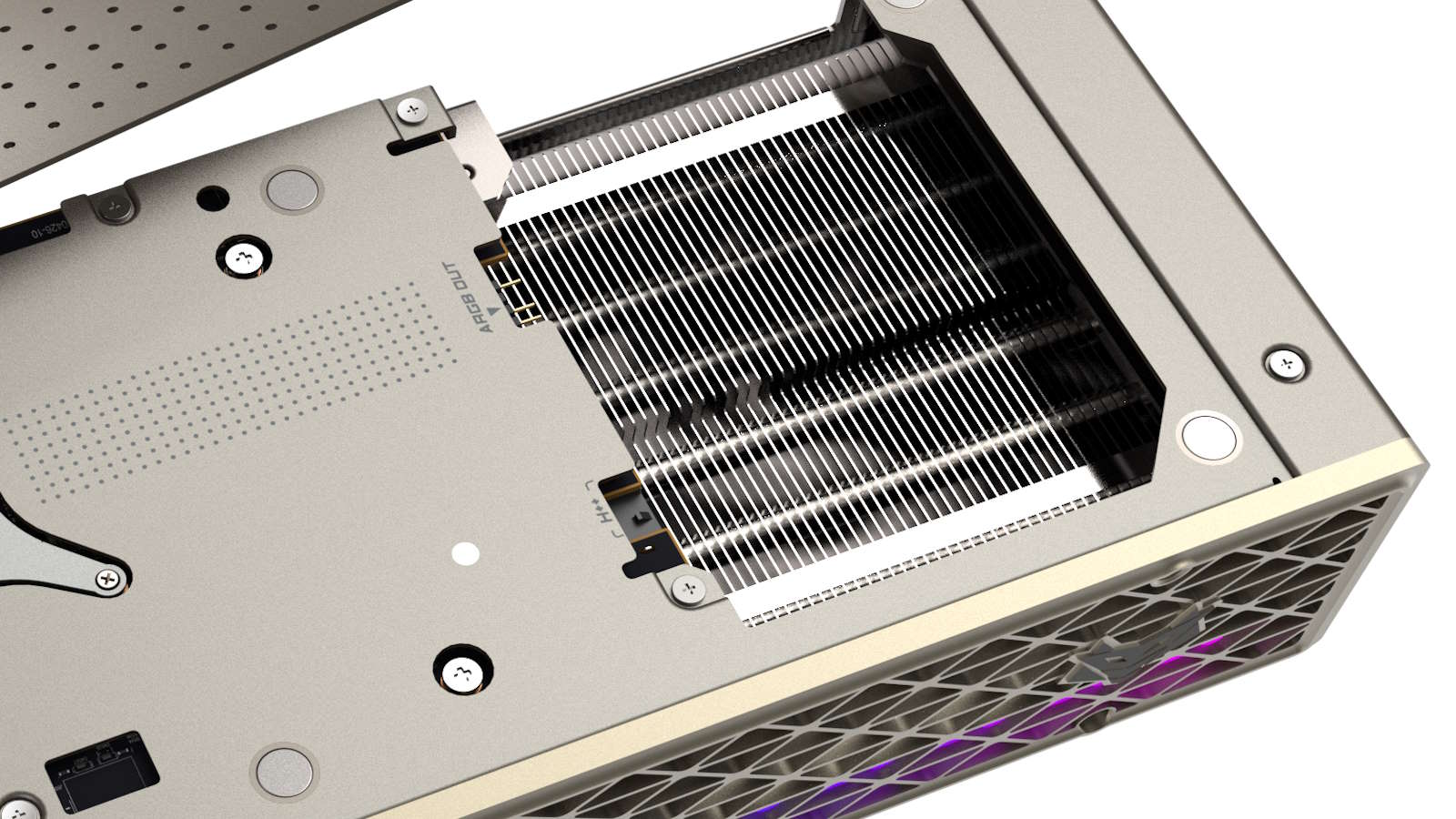
It’s rare to see the 12V-2×6 connector on AMD graphics cards, but it has been used on designs like the Sapphire RX 9070 XT Nitro+. Buildzoid notes that Sapphire’s 12V-2×6 implementation lacks any kind of current balancing or monitoring circuitryjust as we see on some RTX 40-series and RTX 50-series board designs. This RX 9070 XT only comes rated for 330W of total board power, though, so a catastrophic failure at the power connector or its cabling is less likely.
Not every graphics card today is built with such coarse power monitoring. We found that ASUS’ ROG Astral RTX 5090 32GB cards do mitigate these risks to some degree by implementing a more sophisticated monitoring circuit at the power connector. If you’re using Asus’ GPU Tweak software, this circuitry will warn you if it detects an imbalance so you can check the connection. Even so, Buildzoid warns that circuit design can only alert the user that a current imbalance exists, not actively rebalance load across the individual pins to avoid failures.
How to lower your risk of a melted cable or connector
If you’re purchasing a GPU with a total board power that approaches the 600W maximum sustained power that the 12V-2×6 connector is rated for, and that card also doesn’t implement a fine-grained current monitoring or balancing solution in its board design, there’s only so much you can do to protect your system and your card. There are a few common-sense steps you can take, though.
The first is to be aware of how much power your GPU will draw when choosing your components, and to plan accordingly. Make sure every part of your power delivery setup is properly rated and of the highest quality it can be.
Choose only a high-end, high-wattage power supply from a reputable vendor that’s more likely to include heavy-duty cabling, properly tuned overcurrent and overvoltage protections, and wattage ratings on the 12V rail or rails that are more likely to be trustworthy. It’s never wise to skimp on your power supply, but it would be especially foolish to cheap out when you’re looking at a top-end graphics card like an RTX 4090 or RTX 5090.
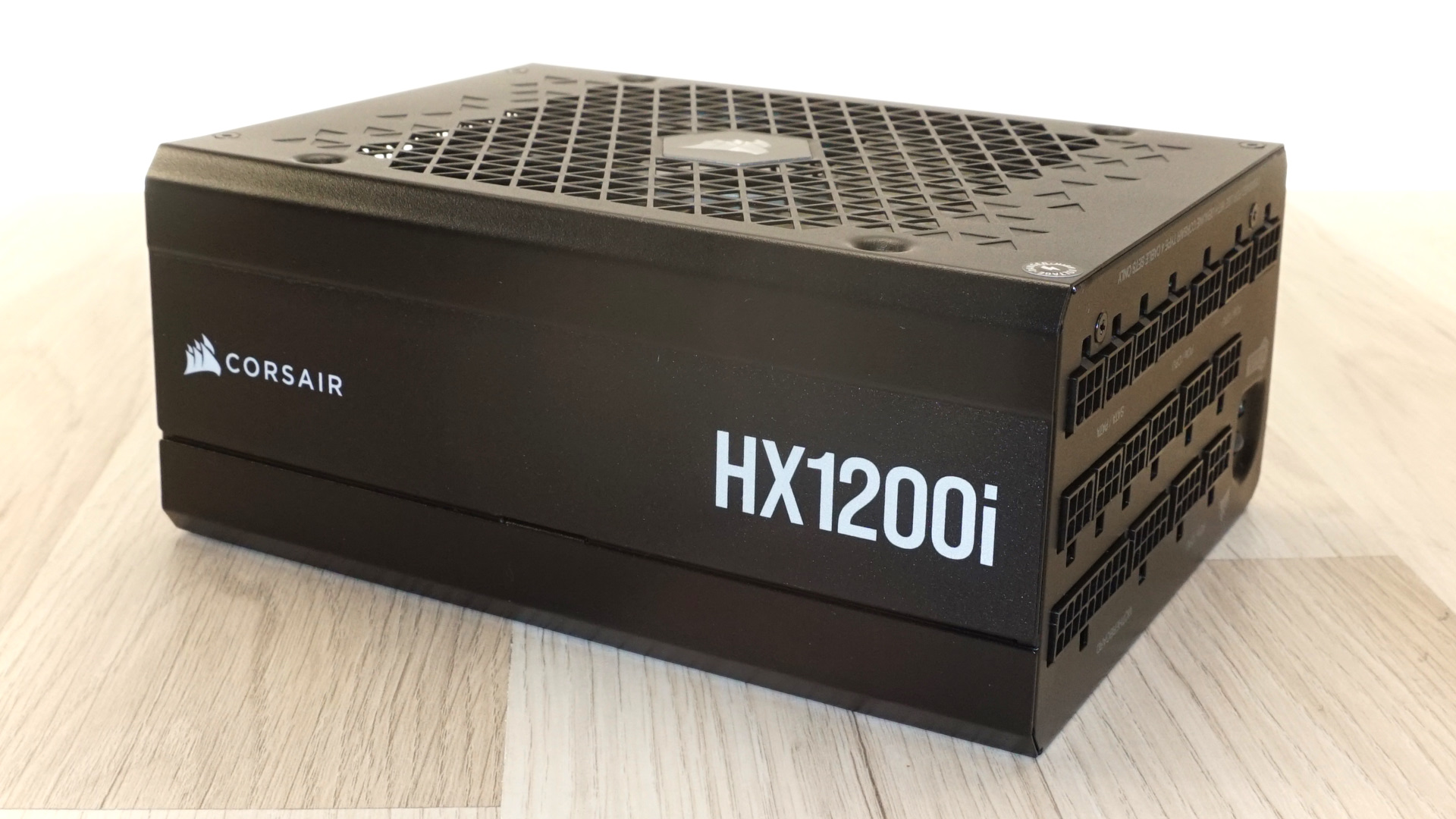
If you’re thinking of carrying over a PSU from an older build or using the one in your existing system, you might also put that older unit on your shelf as a backup and buy a new one to go with your new graphics card. Power supply performance does degrade with age, and your older unit might not be able to deliver its rated performance any longer.
A new PSU that conforms to the latest ATX 3.0 or ATX 3.1 standards is also more likely to have been designed with the demands of the latest components in mind. Check out our list of the best PSUs to help you in your search.
When you build your PC or install a new graphics card in an existing system, take utmost care that you’re fully inserting the power connector at both ends. Be extra careful with your cable routing to ensure that neither end of the cable is placed under any kind of strain that would result in poor contact.
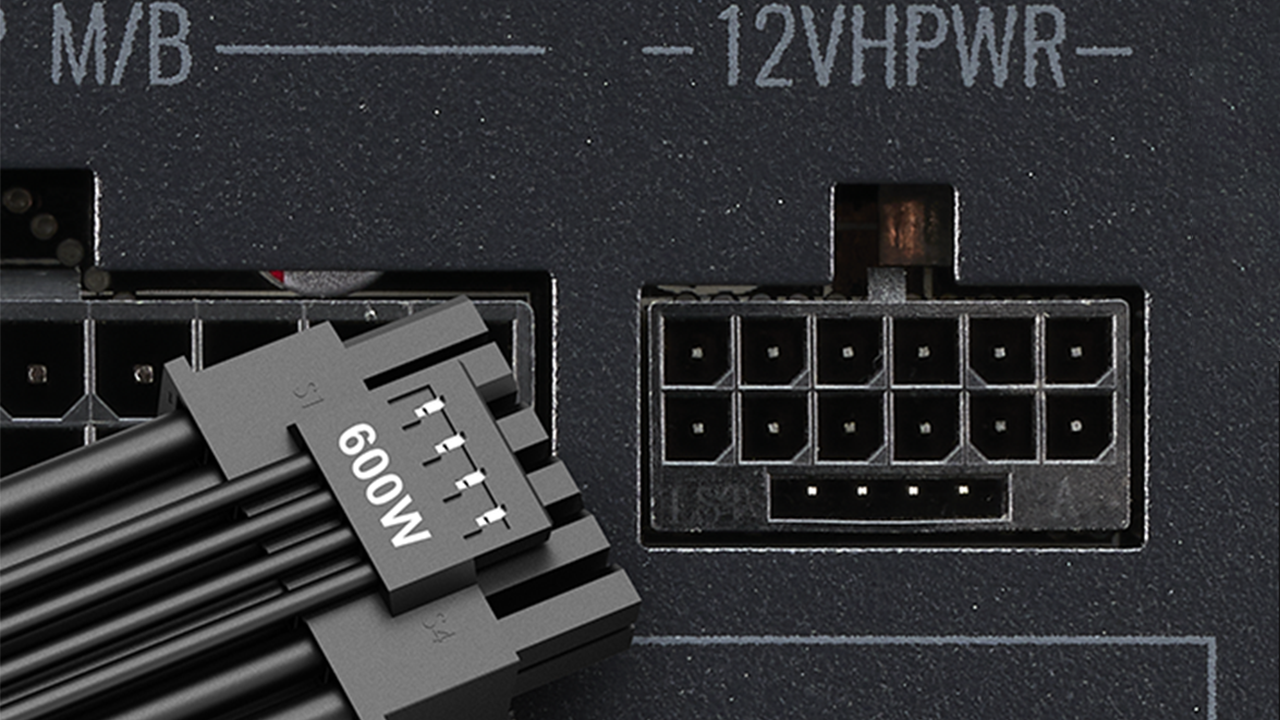
Seasonic, for example, suggests that users not introduce any bends or strains in the 12V-2×6 cable any closer than 35mm from the connector. Given the massive size of many RTX 5090 graphics cards, you might find that you have less clearance between the side of the GPU and the side panel of your case than you expect, so be careful and measure clearance yourself.
If it’s not possible to avoid such strain at either end with your existing parts, you might consider a high-quality 90° cable that gives you more routing flexibility. You might even need to swap out your entire case for one with more clearance and a more accommodating cable-routing path. Check out our list of the best PC cases for suggestions.
Given that some investigations of this issue have shown changes in current balancing across individual supply wires after 12VHPWR or 12V2x6 cables are unplugged and then replugged, you could be extra cautious and perform only one mating and unmating cycle of this cable type at either end before discarding it and using another. If you do need to replace your cable, make sure that you’re purchasing a compatible replacement directly from your PSU’s manufacturer or that any third-party cable you purchase is from a reputable supplier.
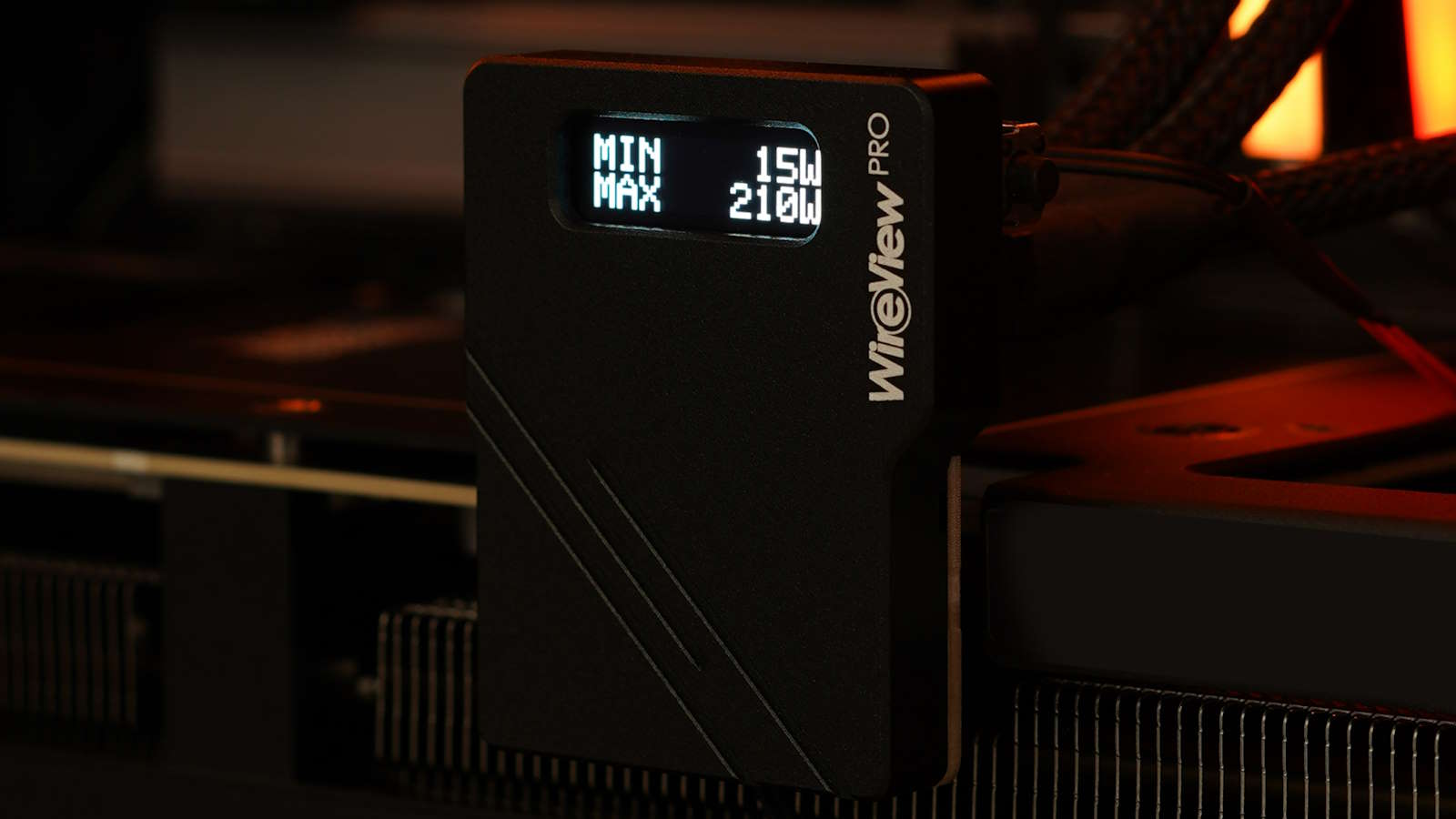
Finally, you might add a third-party hardware monitoring tool, like Thermal Grizzly’s Wireview Pro or the upcoming Wireview Pro 2, to your system. These tools give you fine-grained, in-depth monitoring capabilities on the 12V-2×6 connector, like current draw and temperature, on a per-pin basis.
If something does go wrong, these tools can sound an alarm to let you act before a catastrophic failure occurs. It’s worth noting that these tools add another potential point of failure in your power delivery path, remote as that risk may be. You can also take advantage of community-developed solutions that monitor connector temperatures and warn of overheating.
To banish this risk forever, it appears that the industry heavyweights that comprise the PCI Special Interest Group (or PCI-SIG) are going to have to create an even more robust version of the 12V-2×6 specification with a higher safety factor than the spec includes today. We look forward to the day when PC builders won’t have to worry about the risk of melting connectors or overheating wires when they fire up a game on a high-end GPU. Until then, if you have one of these connectors on your graphics card, it’s worth being extra cautious with your PC’s power delivery setup, all the way from the PSU to its cabling to the GPU.






